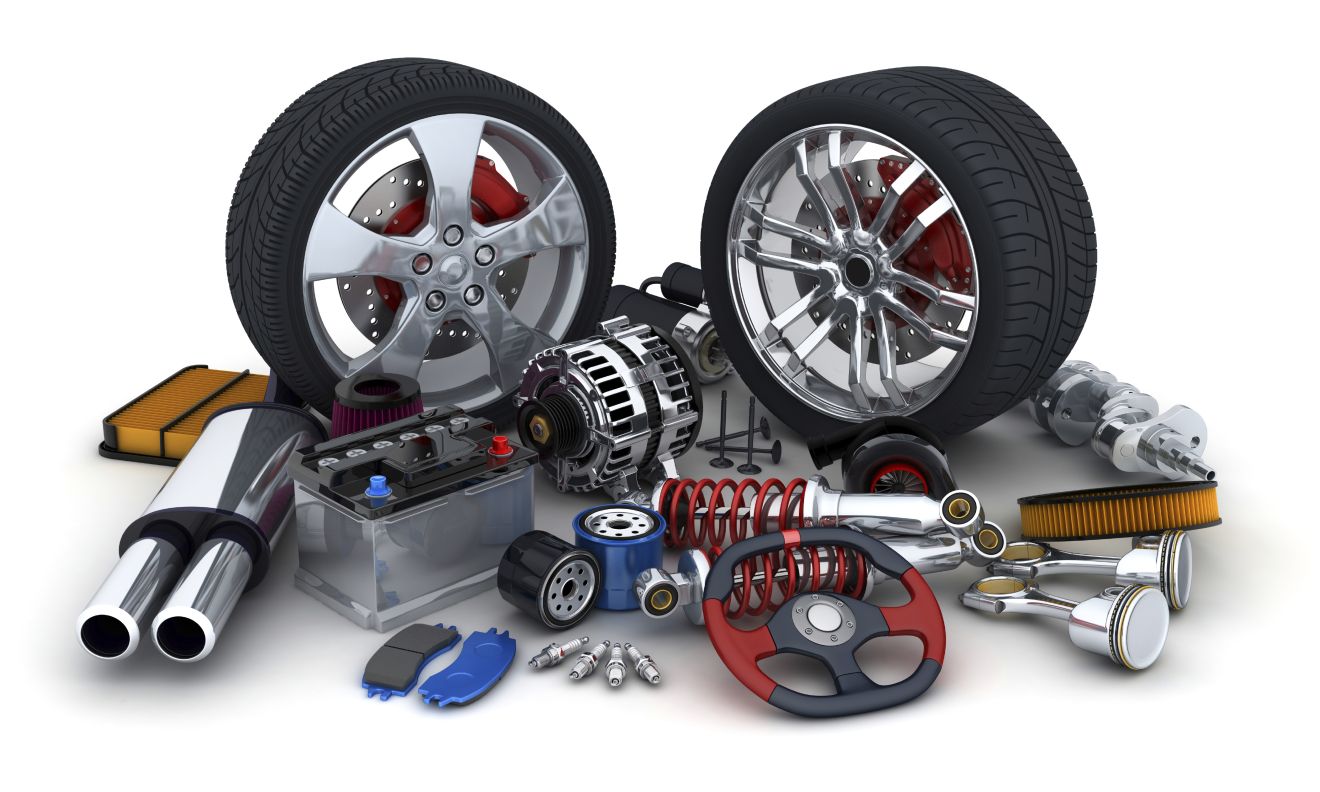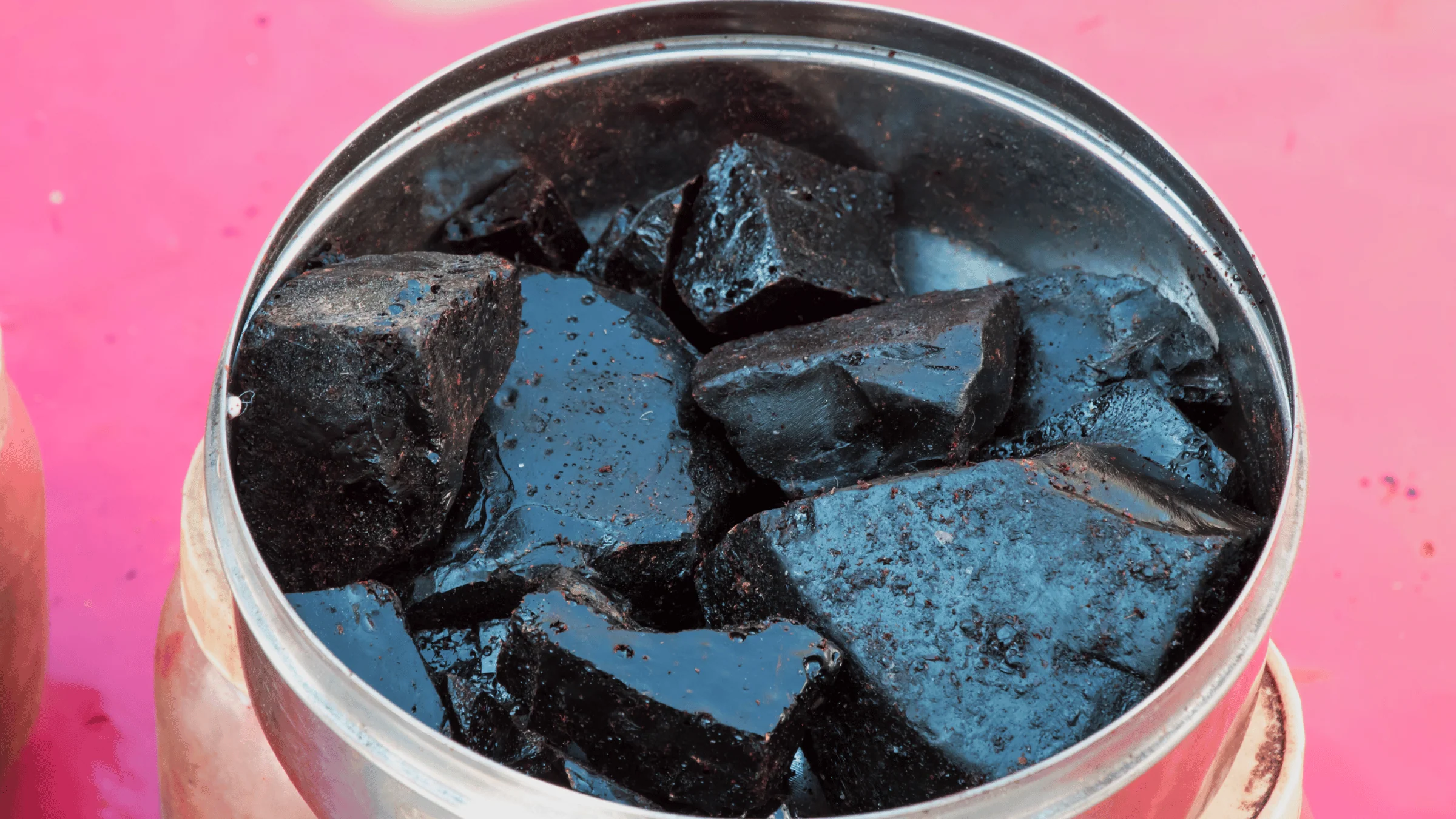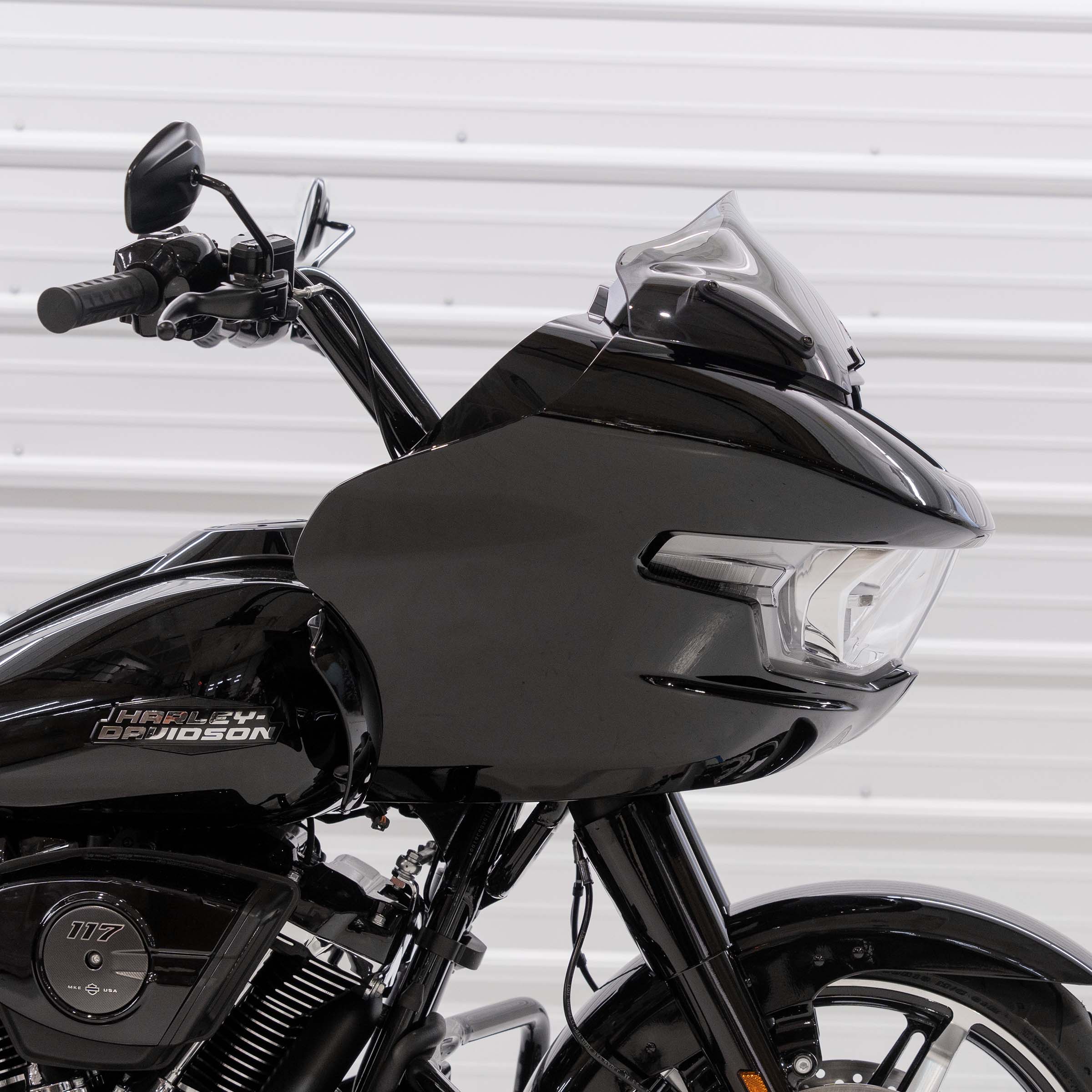Introduction
When it comes to unlocking your car’s true performance, few upgrades are as impactful as an aftermarket exhaust system. The right exhaust can transform your vehicle’s power, efficiency, and sound—turning an average ride into something that feels alive every time you hit the throttle. At Rvng RaceWorks, we understand that enthusiasts crave performance and precision. That’s why we’ve created this ultimate guide to help you understand how an aftermarket Exhaust works, what types are available, and how to choose the perfect system for your build.
What Is an Aftermarket Exhaust System?
An aftermarket exhaust replaces part or all of your factory setup to improve airflow and performance. While stock systems prioritize comfort and emissions compliance, aftermarket options focus on power, tone, and weight reduction.
By reducing back pressure and increasing flow efficiency, an aftermarket exhaust helps your engine breathe better—boosting horsepower, torque, and throttle response. Whether your goal is pure performance or a more aggressive sound, upgrading your exhaust is one of the best modifications you can make.
Benefits of an Aftermarket Exhaust
1. Increased Horsepower and Torque
A performance exhaust optimizes exhaust gas velocity, improving scavenging and engine breathing. This leads to measurable horsepower and torque gains, especially in turbocharged and high-revving engines.
2. Enhanced Sound
An aftermarket exhaust gives your car a voice that matches its performance. From a subtle growl to an all-out roar, your setup determines how your engine sounds when it comes to life.
3. Improved Efficiency
By allowing exhaust gases to exit more freely, a high-flow exhaust system can improve fuel economy under light throttle conditions—especially in engines that were previously restricted by factory components.
4. Weight Reduction
Most aftermarket exhausts are made from lightweight materials like stainless steel or titanium, reducing overall vehicle weight and improving handling balance.
Types of Aftermarket Exhaust Systems
Axle-Back Exhaust
An axle-back exhaust replaces the section from the rear axle to the tailpipe. It’s ideal for enthusiasts seeking better sound and appearance without a full system replacement.
Cat-Back Exhaust
A cat-back exhaust replaces everything from the catalytic converter back. It’s one of the most popular upgrades, offering improved flow, power, and tone while maintaining street legality.
Header-Back Exhaust
For maximum performance, a header-back exhaust replaces the entire system from the headers to the tailpipes. This type provides the best flow improvement and is suited for serious builds or track cars.
Choosing the Right Exhaust Material
Material selection is one of the most important decisions when purchasing an aftermarket exhaust.
- Aluminized Steel: Budget-friendly and reliable, but prone to rust over time.
- Stainless Steel: The industry standard for performance exhausts, offering strength, heat resistance, and long-term durability.
- Titanium: The lightweight champion—used in race applications for its strength-to-weight ratio and exotic appearance.
Rvng RaceWorks recommends stainless steel or titanium systems for performance enthusiasts who value longevity, flow efficiency, and a clean aesthetic.
Design Factors That Impact Performance
Pipe Diameter
The pipe size of your exhaust determines how much air can flow through it. Larger diameters support higher horsepower but can reduce low-end torque if oversized. The goal is to balance flow with back pressure for your specific build.
Mandrel Bends
Always choose an exhaust with mandrel bends, which maintain consistent diameter throughout the pipe. This prevents restrictions and ensures optimal gas velocity compared to cheaper crush-bent systems.
Muffler and Resonator Design
Mufflers shape the sound of your exhaust, while resonators fine-tune tone and reduce drone. The right combination will deliver a powerful yet refined sound that enhances your driving experience.
Installation and Fitment
Even the best exhaust system won’t perform properly if it doesn’t fit your car perfectly. Precision-fit systems ensure leak-free connections, proper clearance, and aligned tips. Poor installation can cause vibration, leaks, or heat damage to surrounding components.
At Rvng RaceWorks, we stress professional installation to ensure that your aftermarket exhaust delivers on its full performance promise. Pairing your exhaust upgrade with a proper ECU tune can further enhance gains and improve engine response.
Legal Considerations
Before installing an aftermarket exhaust, make sure your system complies with local laws. Noise regulations and emissions standards vary by region, and some setups may not be street-legal. Valved exhaust systems are a popular solution, offering quiet operation when needed and unrestricted sound on demand.
Maintenance Tips for Long-Term Performance
Maintaining your exhaust is key to preserving both sound and efficiency. Regularly inspect for rust, leaks, and loose hardware. Clean stainless steel or titanium exhausts with non-abrasive polish to maintain shine and resist corrosion. Proper maintenance ensures your exhaust continues to perform flawlessly for years.
Conclusion
An aftermarket exhaust isn’t just a performance upgrade—it’s a complete transformation for your car. From deeper tones to measurable power gains, the right exhaust system enhances every part of your driving experience.
At Rvng RaceWorks, we’re passionate about helping enthusiasts build cars that reflect their performance goals and personal style. Whether you’re upgrading your BMW, tuner, or track machine, our premium exhaust systems are engineered for those who demand more—more sound, more power, and more excitement on every drive.











Leave a Reply